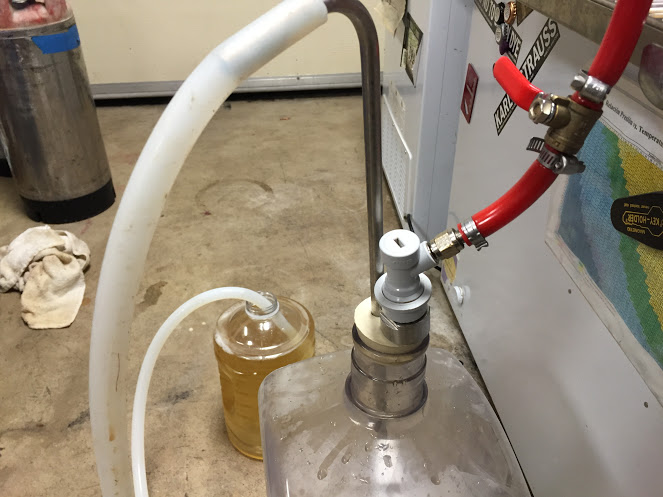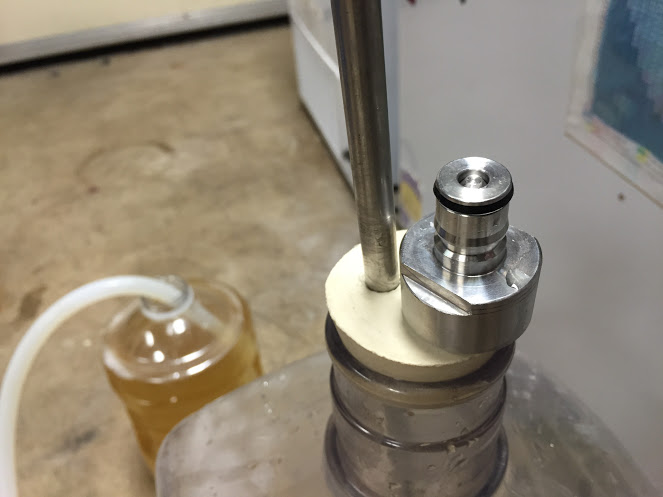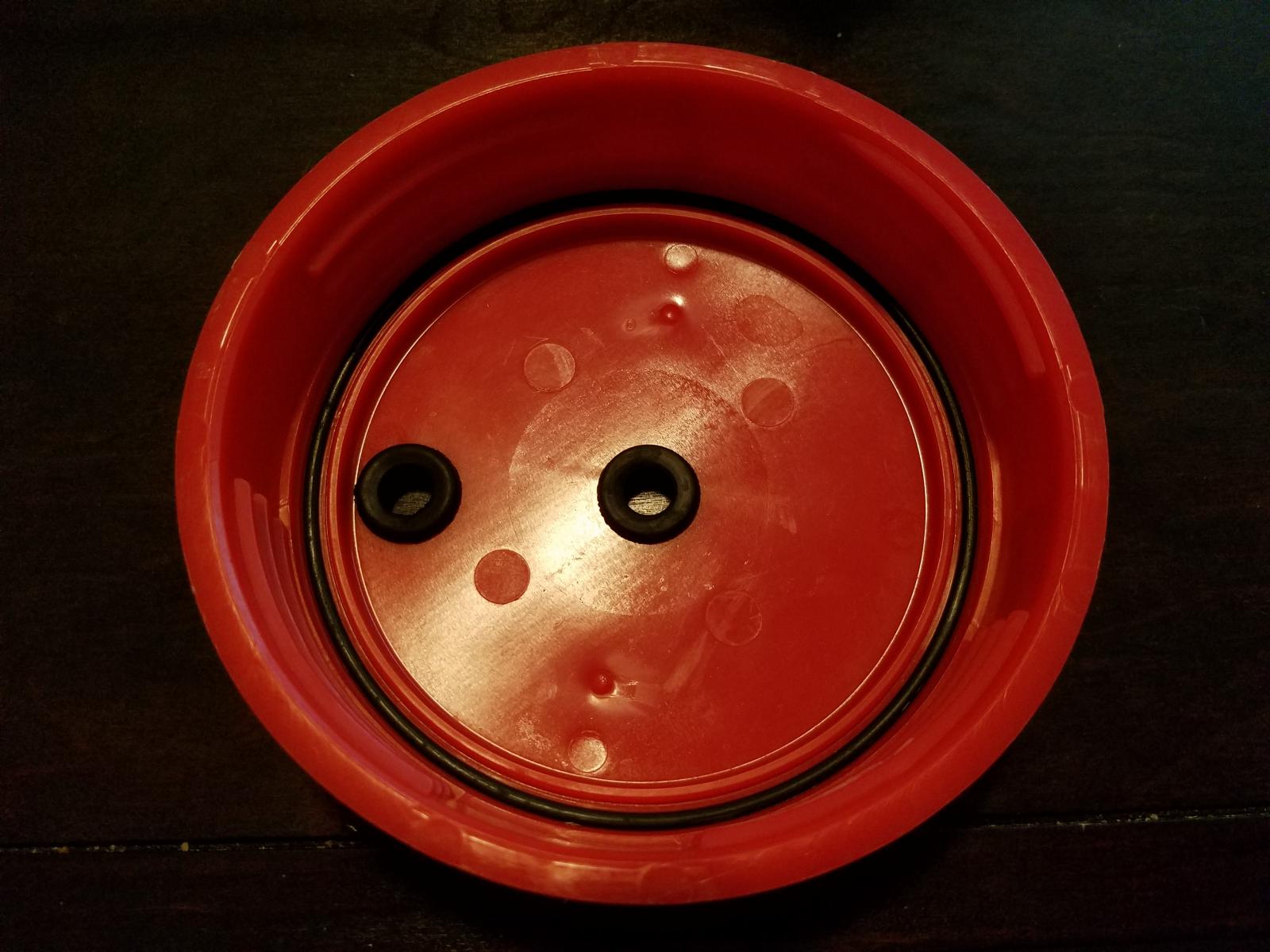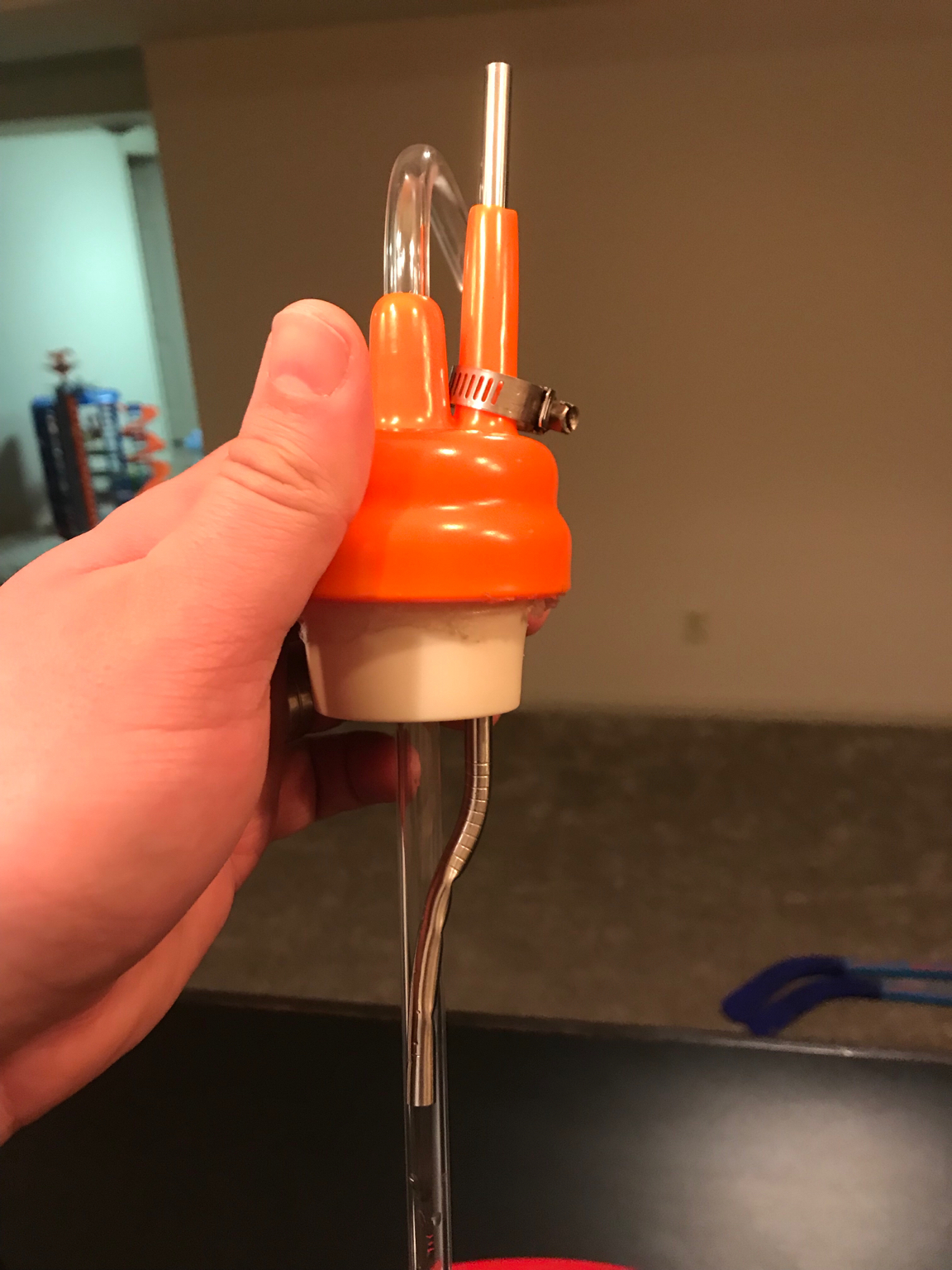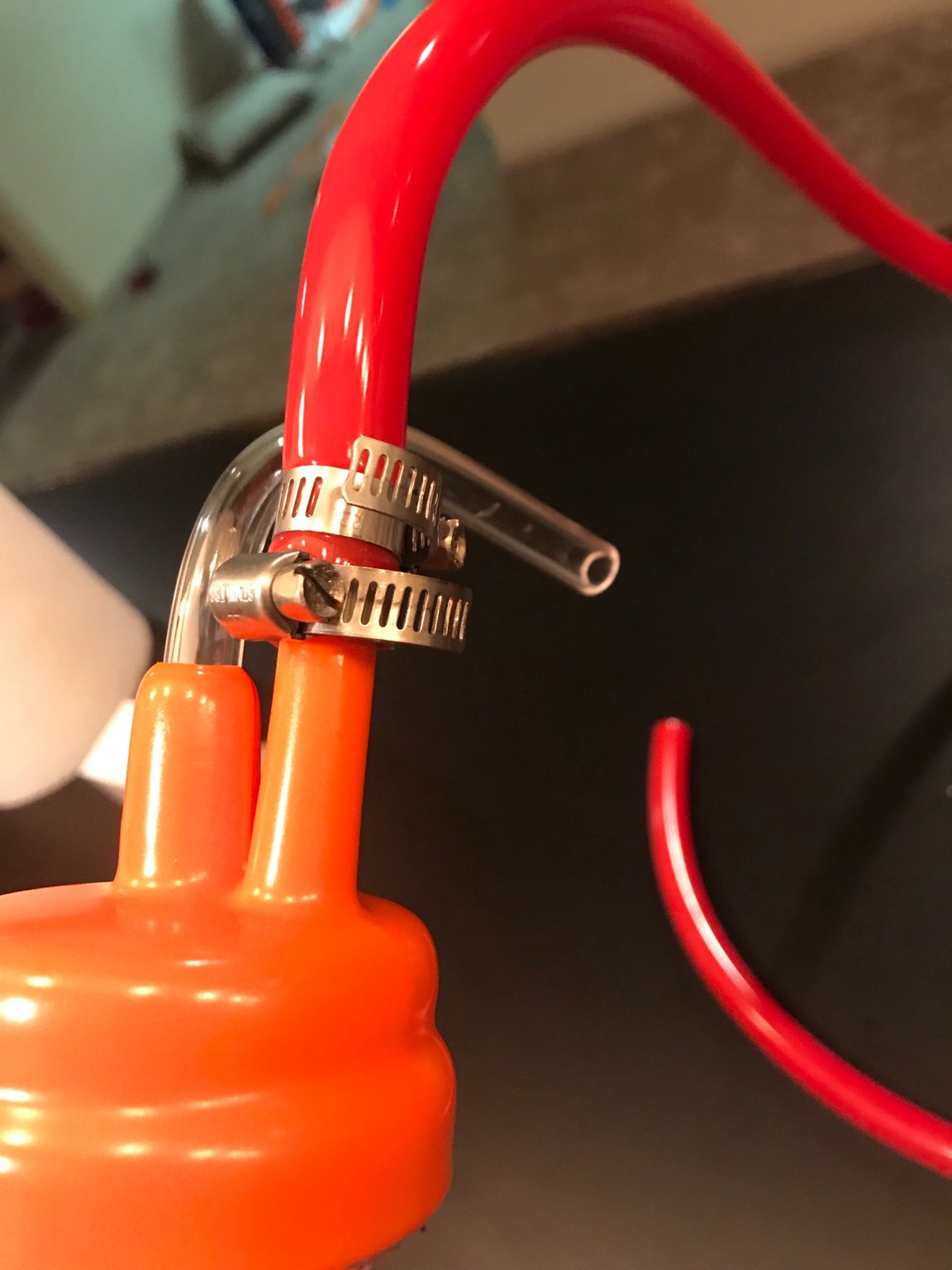I got so spoiled with closed transfers to keg from the carboy/better bottle with Sterile Siphon Starter - so easy and painless.
Has anyone developed a hack for using Sterile Siphon Starter for closed transfer to kegs with wider mouth fermenters - like Fermonster (particular interest since I own one) or Big Mouth Bubbler?
(By the way, fermented in a bucket recently and what a pain for transferring - ended up using siphon as the bucket faucet was just around the trub line - and because it was so difficult to figure out where trub/hops are, ended up getting quite a bit of it into the keg. And it took forever, potentially oxidizing beer a bit. May need second transfer. I never understood why people like to ferment in buckets so much)
Has anyone developed a hack for using Sterile Siphon Starter for closed transfer to kegs with wider mouth fermenters - like Fermonster (particular interest since I own one) or Big Mouth Bubbler?
(By the way, fermented in a bucket recently and what a pain for transferring - ended up using siphon as the bucket faucet was just around the trub line - and because it was so difficult to figure out where trub/hops are, ended up getting quite a bit of it into the keg. And it took forever, potentially oxidizing beer a bit. May need second transfer. I never understood why people like to ferment in buckets so much)












![Craft A Brew - Safale S-04 Dry Yeast - Fermentis - English Ale Dry Yeast - For English and American Ales and Hard Apple Ciders - Ingredients for Home Brewing - Beer Making Supplies - [1 Pack]](https://m.media-amazon.com/images/I/41fVGNh6JfL._SL500_.jpg)












































